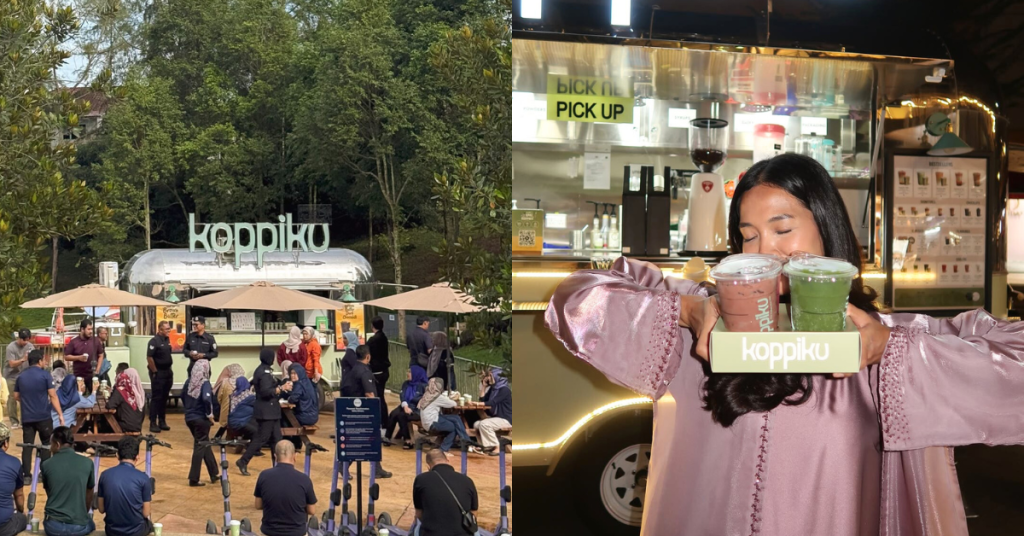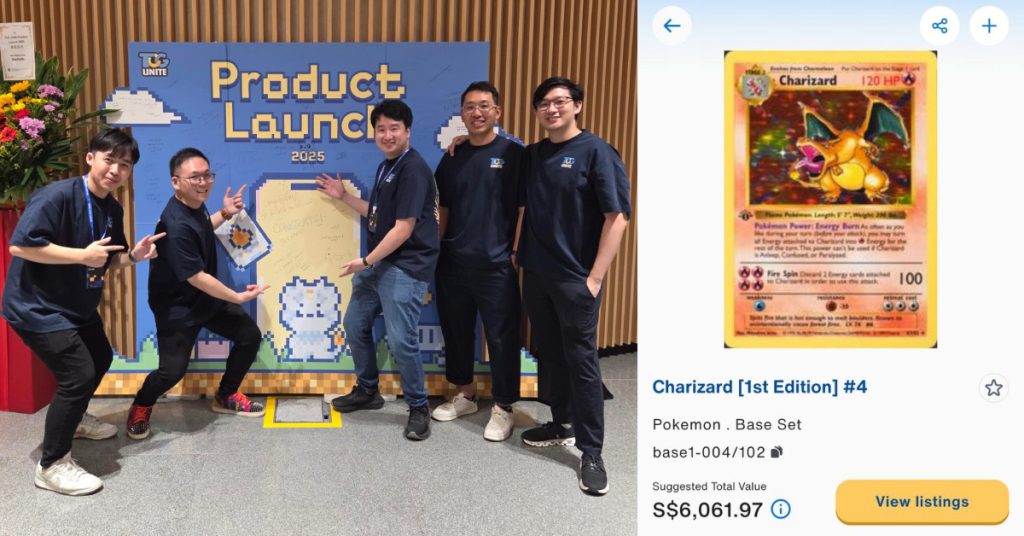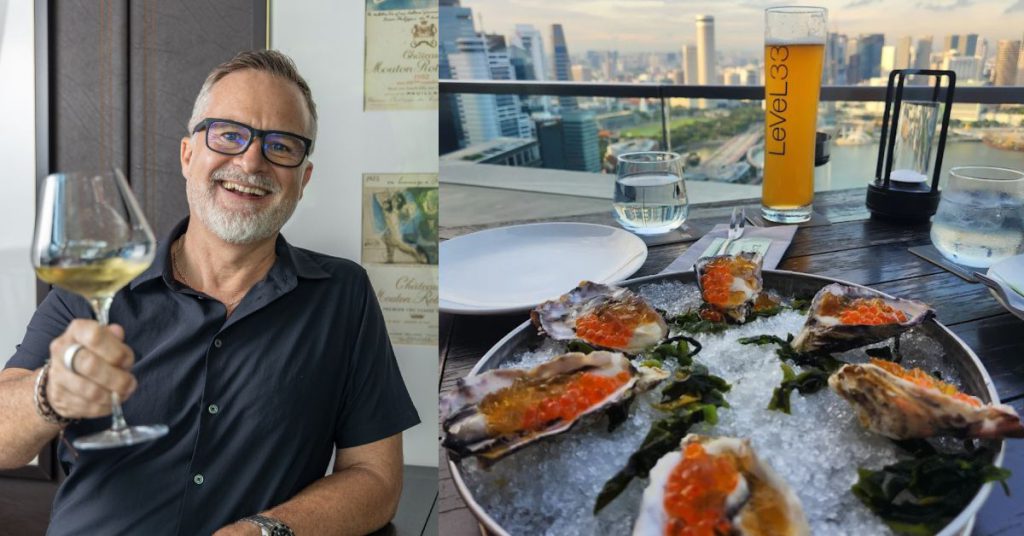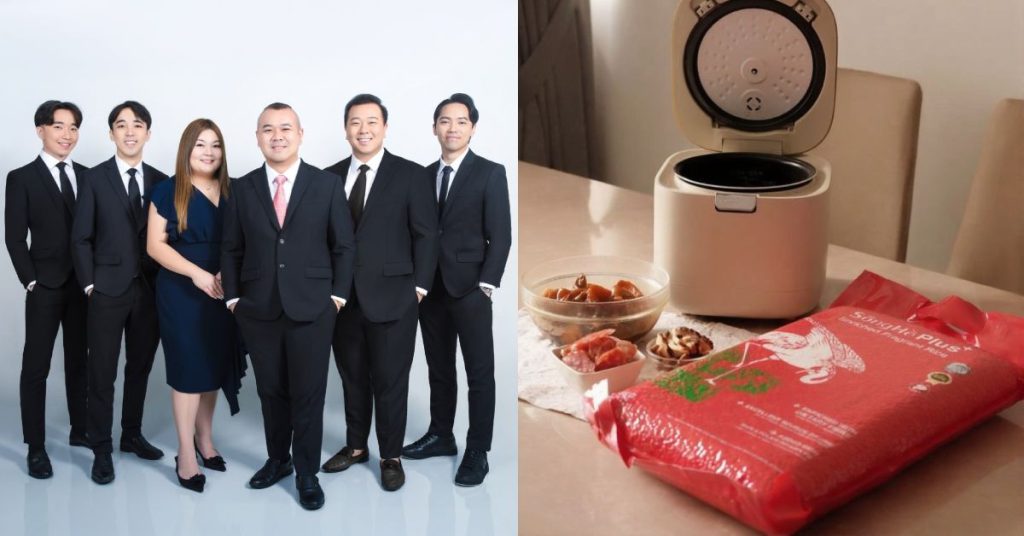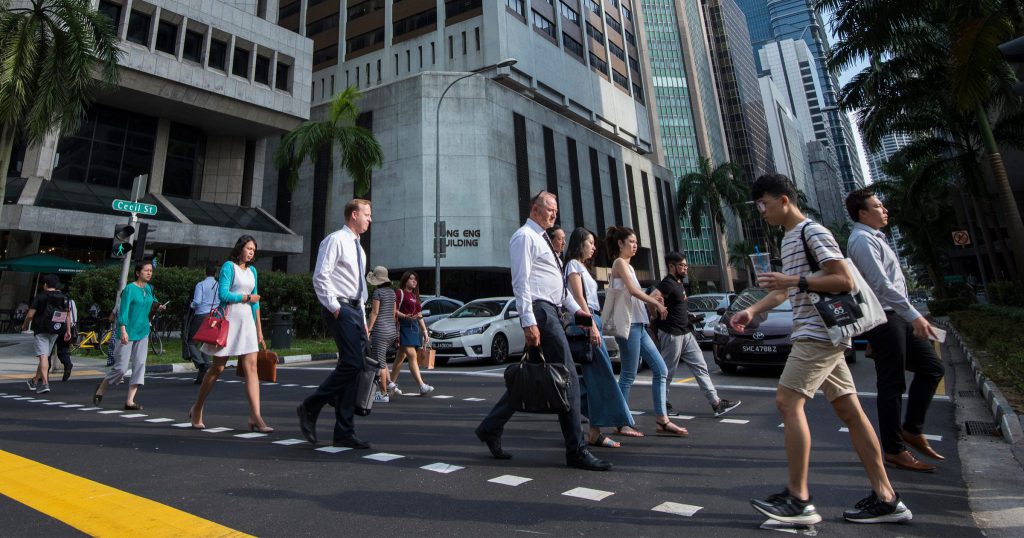[Written in partnership with Koppiku, but the editorial team had full control over the content.]
Nowadays, there’s a myriad of options available to get your next caffeine fix, particularly if you reside in the Klang Valley. Names like Starbucks, ZUS Coffee, and HWC Coffee typically come to mind.
But one brand that’s been hotter on my radar lately is local chain Koppiku.
A few months ago, I was invited to try their first special drinks series revolving around matcha and was taken aback by how creative they were. Never would I have thought the humble ginger and calamansi (limau kasturi) would pair well with matcha, but they did.
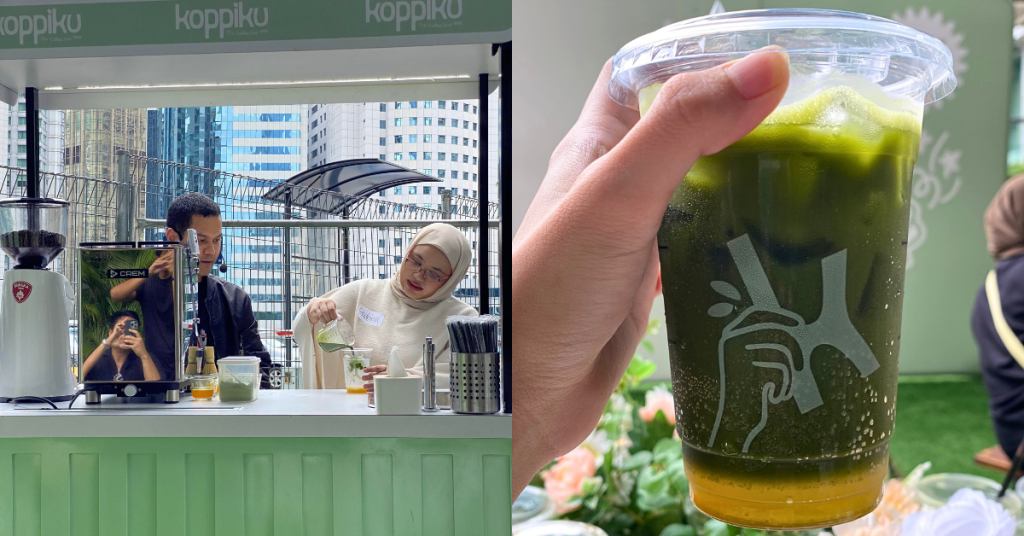
Since then, I’ve been keeping tabs on Koppiku and realised that in just a year and a half, they’ve grown to 37 outlets (and counting). Here’s how they did it.
1. Choosing the right location for consumer accessibility
Location, location, location.
This is one piece of advice that no doubt every company has heard of and even practises, and Koppiku is no different. But instead of opting for shopping malls with high foot traffic, they wanted to prioritise locations with higher accessibility.
And nothing screams accessibility more than our public transport system.
A quick browse of their locations confirms that most of Koppiku’s outlets are near RapidKL train stations and pedestrian-friendly areas. Some are even in university campuses and certain BHP petrol stations in the Klang Valley, as well as Pahang.
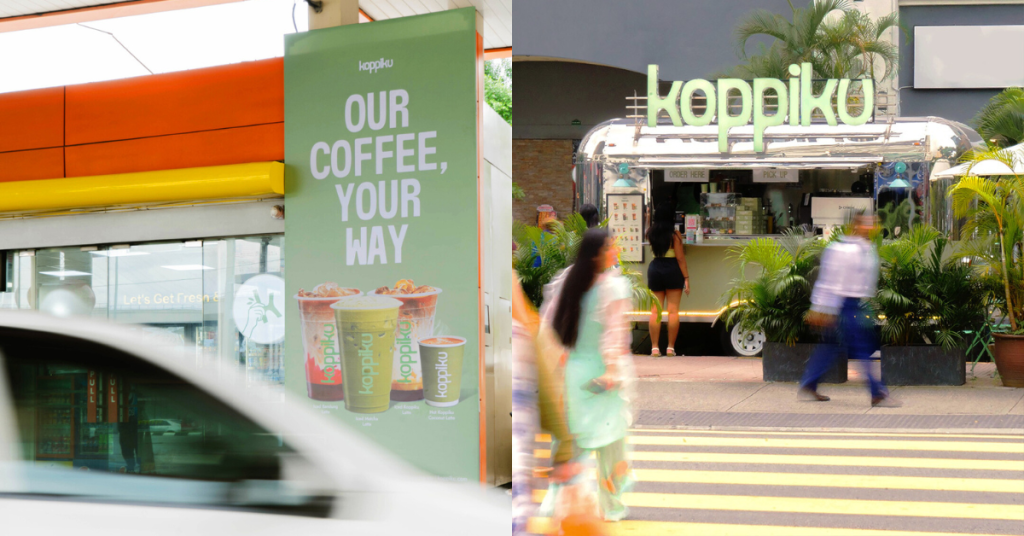
Paired with its grab-and-go concept and recent app launch for pick-up orders, the brand is well-positioned as a convenient and accessible option for consumers.
2. Offering quality coffee at affordable prices for the everyday man
If there’s one thing Malaysians love more than discounts and free gifts, it’s low prices. And who doesn’t like it when the products are also of good quality?
Whether it’s a classic Latte or espresso-based Salted Caramel, a cup of Koppiku’s beverage ranges between RM5.00 to RM10.90. For context, we did a price comparison of coffee chains in Malaysia and Koppiku’s pricing is amongst the lowest.
The only exception so far is its 1.2L Koppi-in-a-Bag that’s suitable for sharing with friends and family (starts from RM18.90).
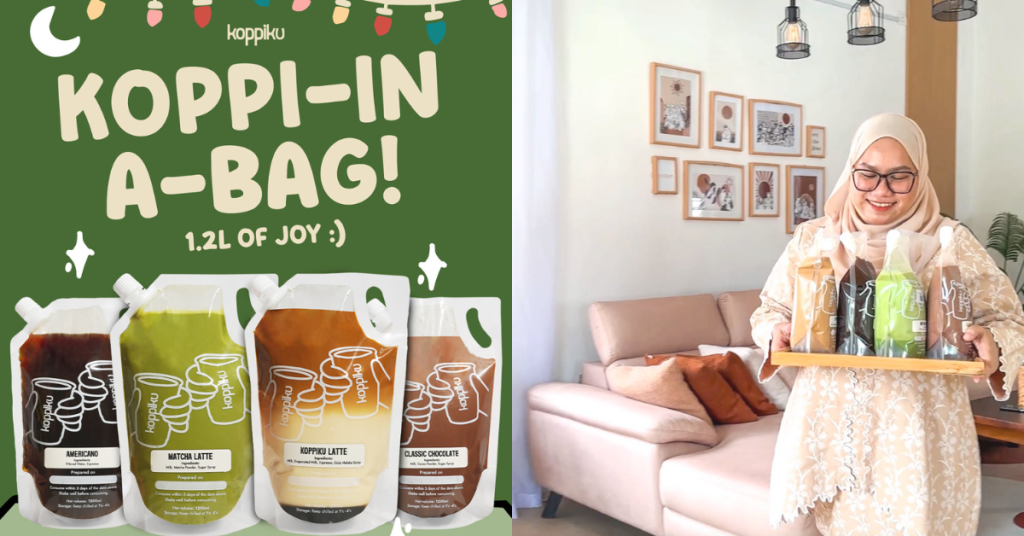
But this isn’t a mere gimmick to get customers through Koppiku’s door.
According to its CEO, Dr Rajiv, “Specialty coffee should be accessible. Tak kisah if you’re a CEO of an organisation, a university student, a person heading to the office in the morning, [or] a housewife that’s just got done with chores. We want to be affordable and accessible to everyone.”
3. Giving customers an active role in their menu curation
One other golden nugget we’ve often heard is that brands need to localise their products to scale up. And there’s some truth to that, as many businesses can attest to.
It’s a strategy that Koppiku employs too. You’ll find a good handful of Malaysian kopitiam and mamak favourites on its menu, such as Cham and Bandung Latte.
More than that, though, they regularly R&D new flavours and actively listen to customer feedback by:
- Introducing new, limited-time offerings (LTO) that their R&D team concocts
- Letting customers “vote” on their favourite LTO through social media or in-store events
- Choosing a few of the top votes to be added to Koppiku’s permanent menu
One example of this is the Koppi Matcha Latte, which got converted to a staple offering from its Matcha Dreams LTO after consistent strong customer reviews and sales performance.
“Every DM, comment, or shoutout matters. The more we hear about it, the more likely it is to make a comeback or even earn a spot on the main menu. [So] let us know your favourites, we’re always listening,” the brand shared.
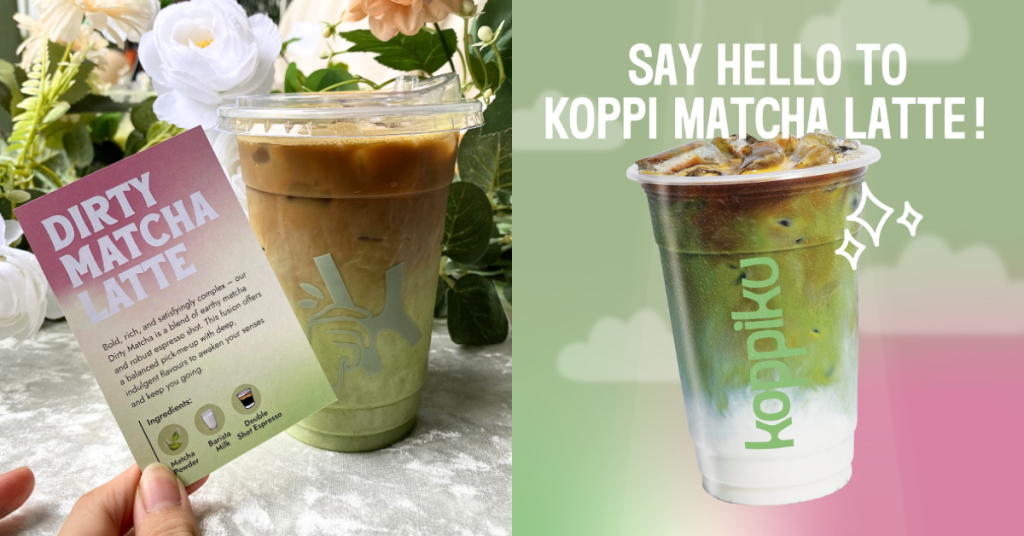
4. Keeping quality consistent nationwide despite forgoing central kitchens
As F&B chains expand to more locations, it’s common for them to set up a central kitchen. But Koppiku’s way of ensuring the same quality no matter the outlet is more traditional.
Their consistency is maintained through detailed SOPs, recipe cards, and regular quality checks. Baristas are also trained through a centralised onboarding programme with periodic audits to maintain their standards.
While key ingredients like the syrups are supplied centrally for uniform taste, going the more traditional route to train staff has its upsides.
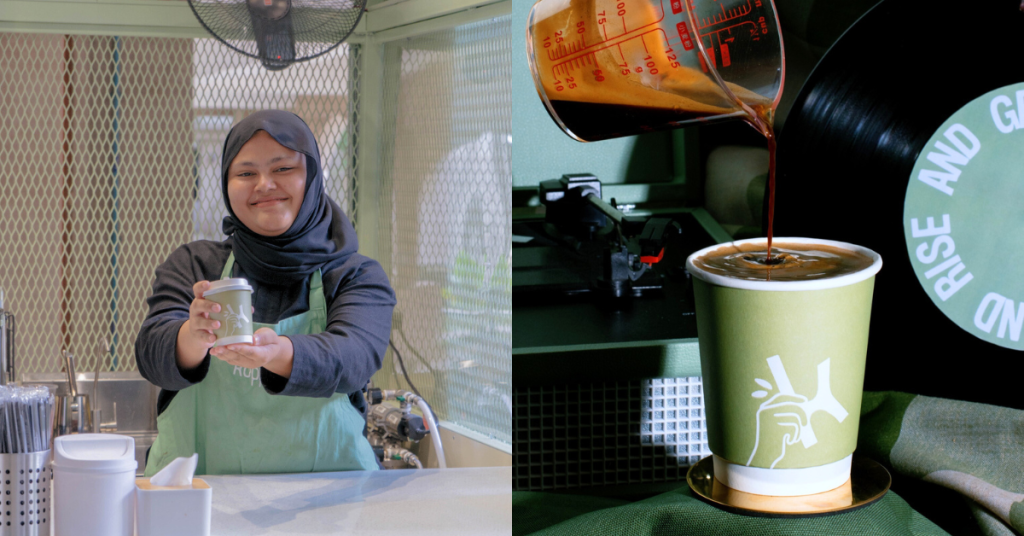
For one, each outlet can operate independently and there’s less over-reliance on just one main kitchen. Not to mention that it helps build better ownership and skill development in Koppiku’s team, leading to better quality offerings.
In line with their quality-first approach, Koppiku owns and operates all its 37 outlets and has yet to open up franchising opportunities. “We are focused on building a strong brand foundation and maintaining quality across our network.”
This plan of action echoes a strategy by Tealive, who has more self-owned stores than franchisees for this exact reason too.
Brewing up a coffee expansion around Malaysia
To cap it all off, it doesn’t hurt that Koppiku managed to gain the confidence of investors early last year. They raised US$2.5 million from notable VC firms like Vertex Ventures in Singapore and Reshape Ventures in New York City, USA.
Sharing candidly, the coffee chain told us that they’re aiming to grow steadily with an emphasis on sustainability. The goal is to open two to three new outlets each month, with continued expansion plans in the Klang Valley and the East Coast, particularly in Pahang.
Although the brand is still young, its growth looks promising, particularly with the above strategies in place. And from a consumer standpoint, I’m excited to see what new beverage concoctions they’ll come up with in the near future.
Featured Image Credit: Koppiku / @amirahazmi



